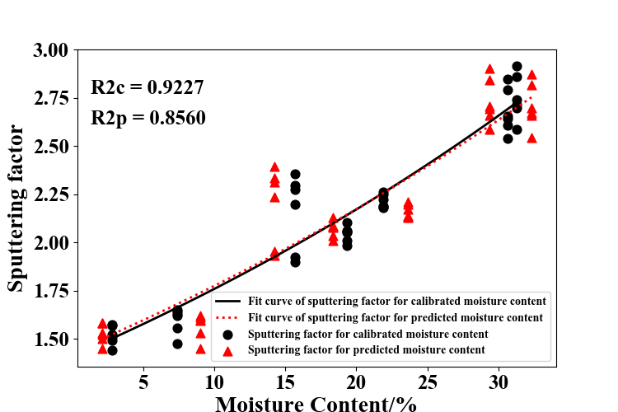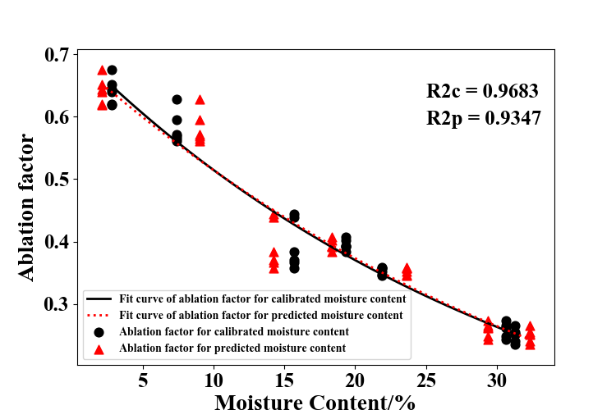Author: XU Yuxing |
Fast on-site detection of potentially toxic metals in soils is crucial for soil remediation and contamination monitoring. Laser-induced breakdown spectroscopy (LIBS) technology has been used widely in soil remediation, food safety, biomedical analysis, and potentially toxic metal detection in crops.
The detection of potentially toxic metals in soil by LIBS technology is currently performed in laboratory after drying and pressing the sample. Therefore, it is of great significance to established a quantitative analysis model of potentially toxic metals in wet soil samples based on LIBS.
A research group led by Prof. TAN Xin from Changchun Institute of Optics, Fine Mechanics and Physics (CIOMP) of the Chinese Academy of Sciences (CAS) proposed a quantitative analysis model using LIBS and ablation factor for fast on-site quantitative analysis of potentially toxic metals in wet soil samples.
To be specific, this method firstly established a moisture content prediction model to predict the moisture content in the soil. Then, the correlation between the laser ablation factor in wet soil samples and moisture content in the sample was determined, and a quantitative analysis model of wet soil samples based on an ablation factor was established. Finally, the quantitative analysis model was verified by measuring the Cu and Cr content of the wet soil samples.
Based on the above finding, the coefficient of determination (R2) value of the moisture content prediction model established by partial least squares regression (PLSR) for direct measurement of soil moisture content is above 0.98, and the root-mean-square error of prediction (RMSEP) is only 1.3%. The sputtering factors of laser ablated wet soil samples are distributed exponentially. The relative error in the concentration prediction is within 10%, and the accuracy improved by more than 80%.
This study provided a simple and effective quantitative analysis model based on LIBS to quickly and accurately measure toxic metals in wet soil samples on-site.


Figure 1. Model fitting effects: (a) sputtering factor, (b) ablation factor.
TAN Xin
Changchun Institute of Optics, Fine Mechanics and Physics
E-mail: xintan_grating@163.com
